The consumer buying process quite literally drives the entire marketing engine, from crafting the right strategy to post-sale monitoring. This process describes the journey that a potential customer takes before making a purchase. While it could be broken down into many detailed points that make up the buying decision, the general consumer buying process theory could be summed up in five basic steps: need recognition, search, evaluation, making the decision, and post sale behavior.
Need recognition is the first and most important step in the consumer buying process. Your potential customers determine what they are looking for and what their needs are. Once a need has been identified, the customer will start searching for information about products or services that can satisfy it. After they gather information, they will most likely evaluate the different options available to them.
The actual purchase decision, the stage where the customer decides which product or service to buy, comes after all of the above. And then comes the post-purchase stage. Extremely important to understand in order to find out how your customers feel after they’ve made a purchase. And how you can use their attitude to keep them satisfied and coming back.
Launching of new products, rebranding, creating an advertising strategy, or adjusting the existing strategy. Whatever it is, at any stage of the product existence, brands and companies have to study and rely on consumers. How do consumers find them? And how do they interact with the product or the brand outside of the particular product? How likely are they to make another purchase? What is the chance of a consumer bringing in another potential buyer? The consumer buying process is the absolute basis of a marketing strategy.
The 5-step Consumer Buying Process: Breaking Down
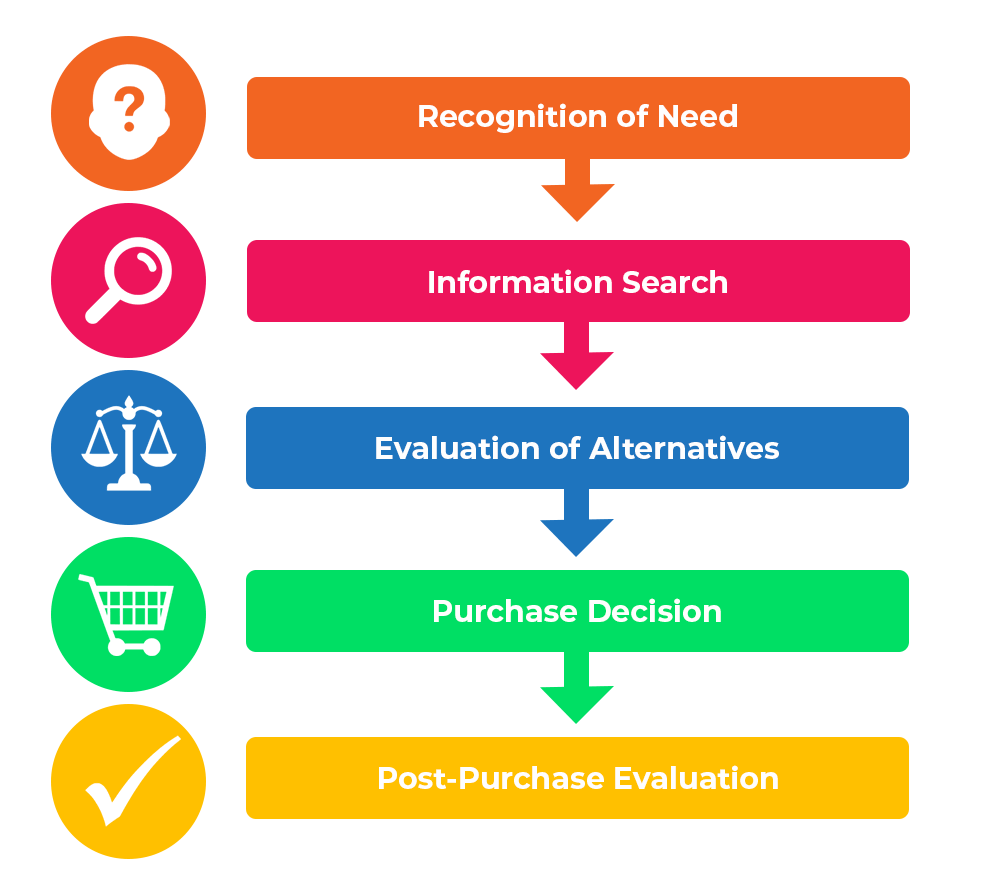

The 5-step consumer buying process should be used to better understand what a customer needs before making a purchase. As well as to anticipate their purchase decision. Through understanding such matters, businesses put themselves in a better position. Creating successful marketing campaigns that are tailored to the needs of the customer.
Additionally, businesses should use the consumer buying process to better understand post-purchase behavior. This is critical not only to keep customers coming back, but also to generate more sales through word-of-mouth marketing. Post-purchase behavior can determine whether a customer stays loyal or switches to a different brand.
To ensure the success of the process, brands have to use a combination of online and offline tactics. Consumers want to be able to make informed decisions without feeling pressured by salespeople. Using both, businesses can reach a wider range of customers while still providing them with a personalized experience.
Need Recognition
The first step in the consumer buying process is typically referred to as “problem recognition” or “need identification.” Need recognition occurs when a consumer becomes aware of a gap between their current state (needs, wants, or desires) and their desired state.
Consumers may experience a discrepancy between their current situation and what they perceive as an ideal or satisfactory situation. This recognition can be triggered by internal or external stimuli. Internal stimuli might include a person’s physiological or psychological needs, such as hunger or the desire for entertainment. External stimuli could include advertisements, recommendations from friends, or observing others using a product or service.
Once they recognize this need or problem, they move on to the next steps. Typically: information search, evaluation of alternatives, purchase decision, and post-purchase evaluation.
Example:
Imagine you’re a homeowner and have been experiencing high electricity bills for the past few months. You start noticing that your energy usage is significantly impacting your monthly expenses. So, you feel the need to reduce your electricity consumption.
This recognition of the problem or need for energy efficiency represents the need recognition stage in the buying process. You’ve become aware of the gap between your current situation (high electricity bills) and your desired state (reduced energy consumption and lower bills).
Upon recognizing this need, you might start researching energy-efficient appliances. Things such as energy-saving light bulbs, smart thermostats, or energy-efficient appliances like refrigerators and washing machines. You might also explore options for improving insulation in your home or installing solar panels.
During the evaluation of alternatives stage, you compare the features, prices, and energy-saving capabilities of different products or solutions. Eventually, you make a purchase decision based on the information gathered. Afterward, you assess how well the energy-efficient products or measures meet your needs. As well as whether they successfully reduce your electricity consumption and lower your bills.
Information Search
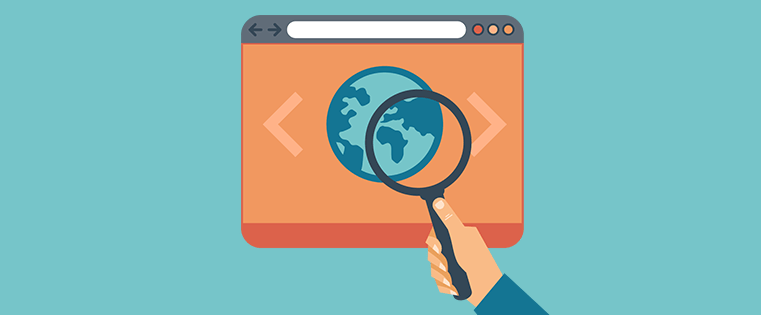

The second step in the consumer buying process is an information search. This involves researching and gathering information about the various products and services on the market. Consumers will research different products and services to determine which one best meets their needs and provides the best value.
This step involves customer reviews, ratings, price comparisons, and other sources of information. Consumers are bombarded with marketing messages from different businesses, so the more information they have, the better.
Businesses need to provide potential customers with the information about their products/services to help them make the best decision. This could include information about the company, customer reviews, product specifications, and industry news. Providing potential customers with the necessary information enables businesses to increase the chance of customers choosing their product/service over their competitors.
Example:
Imagine you’re in the market for a new smartphone. You have recognized the need for an upgrade from your current phone, which is slow and outdated. Now, you start gathering information to make an informed purchase decision. During the information search stage, you might employ various methods to gather information about different smartphone options.
- Online Research: You visit websites, forums, and review platforms to read about the latest smartphone models, their features, specifications, and customer reviews. You compare different brands and models to understand their performance, reliability, camera quality, battery life, and other relevant factors.
- Seeking Recommendations: You ask friends, family, or colleagues for their opinions and recommendations based on their own experiences with smartphones. They might share their insights, provide feedback on specific brands or models. Or suggest alternatives that you might not have considered.
- Expert Reviews: You consult expert reviews from technology websites, blogs, or magazines that conduct in-depth evaluations of smartphones. These reviews often provide detailed comparisons, benchmark tests, and objective assessments of various features. Helping you gain a deeper understanding of the available options.
- Visiting Retail Stores: You visit physical retail stores to interact with smartphones, test their features firsthand, and seek assistance from sales representatives. This allows you to assess the look and feel of different devices, experience their user interface, and clarify any doubts you may have.
- Social Media: You explore social media platforms where users share their experiences and opinions about different smartphones. This can provide you with real-world insights, user reviews, and even comparisons shared by individuals who have already purchased or used specific smartphone models.
While conducting a thorough information search through these channels, you can gather knowledge about various smartphone options, their pros and cons, pricing, warranties, and any ongoing deals or promotions. This information is crucial for the evaluation of alternatives stage, where you compare different smartphones and make an informed purchase decision based on your specific needs and preferences.
Evaluation of Alternatives
The third step in the consumer buying process is the evaluation of alternatives. At this stage, the consumer is considering their options and evaluating the products and services on the market. During the evaluation stage, consumers assess the benefits and drawbacks of each product or service. They compare different products and services to determine which option offers the best value and meets their needs.
Businesses need to ensure that their product or service stands out from their competitors. They should provide potential customers with detailed information about the advantages of their offering and the features that set it apart from the alternatives.
Example:
You’re in the market for a new laptop. After recognizing the need for an upgrade from your old and slow laptop, you begin evaluating different alternatives to make a well-informed decision.
During the evaluation of alternatives stage, you might consider various factors and compare different laptops based on those criteria. Here’s an example scenario:
- Performance: You compare the processing power, RAM, and storage capacity of different laptop models. You look for laptops with faster processors and ample storage to handle your tasks efficiently.
- Portability: If you prioritize portability, you consider factors like weight, thinness, and battery life. You compare the dimensions and battery specifications of different laptops to find a suitable balance between performance and portability.
- Operating System: You decide whether you prefer Windows, macOS, or another operating system based on your familiarity, software compatibility, and personal preferences. This helps you narrow down the options to laptops that run your preferred operating system.
- Display and Graphics: You assess the screen size, resolution, and color accuracy of various laptops. If you require high-quality visuals or plan to use the laptop for graphic-intensive tasks like video editing or gaming, you prioritize laptops with dedicated graphics cards or high-resolution displays.
- Connectivity and Ports: You check the availability and type of ports such as USB, HDMI, audio jacks, and SD card slots. Depending on your specific needs, you ensure that the laptop has the necessary connectivity options for your peripherals or external devices.
Aside from the product itself, what really matters are the pricing and value for the money. Customers usually compare the prices of different laptops while considering their specifications, build quality, and brand reputation. They weigh the features and performance against the cost to determine the overall value for money. Here, you might look at the sales and discounts or special offerings different companies might be doing at the time of your purchase.
Reviews and ratings matter too. You read customer reviews, expert opinions, and ratings from trusted sources to gather insights about the reliability, durability, and user experiences of different laptop models. This information helps you gauge the satisfaction level of existing users. Word-of-mouth marketing works wonders. The reason why companies spend a lot on advertising their products this way (including hiring ghost reviewers).
Purchase Decision


The fourth step in the consumer buying process is the purchase decision. This is where the consumer decides which product or service to buy. At the purchase decision stage, the consumer weighs the pros and cons of each option and selects the one they think will provide them with the most value. Here, they consider the cost-to-benefit ratio of each option, as well as its features and specifications.
Businesses should ensure that they provide customers with detailed information about the features and specifications of their products or services, so they can make an informed purchase decision. Make sure you provide potential customers with easy access to this information through product pages or customer service emails. Additionally, you can use social media to showcase the benefits of your offerings.
Ultimately, businesses should make sure the customer’s purchase journey is as simple and intuitive as possible to increase the likelihood of a purchase. If the customer needs help understanding the product or service you offer, make sure you are there to assist.
Example:
You have gone through the stages of recognition, information search, and evaluation of alternatives in the buying process for a new car. After considering different car models, comparing the features, pricing, and test drives, you have narrowed down your options to two models: Car A and Car B.
During the purchase decision stage, you carefully weigh the pros and cons of each option and consider various factors that are important to you. Could be:
- Price: You compare the prices of Car A and Car B, taking into account any discounts, promotions, or financing options available. You evaluate how each price aligns with your budget and financial considerations.
- Features and Specifications: You review the specific features and specifications of Car A and Car B, such as engine performance, fuel efficiency, safety features, technology integrations, interior comfort, cargo space, and any additional options or packages available.
- Brand Reputation and Reliability: You research the reputation and reliability of the car brands associated with Car A and Car B. You consider factors such as their track record for quality, customer satisfaction, and the availability of service centers in your area.
- Resale Value: You explore the expected resale value of both car models. You consider factors such as depreciation rates, market demand, and the reputation of the brands for retaining value over time.
- Financing and Ownership Costs: You evaluate the financing options available for each car model, including interest rates, loan terms, and monthly payments. Additionally, you consider the estimated ownership costs, including insurance, maintenance, and fuel expenses.
- Personal Preferences: You take into account your personal preferences, such as the car’s design, aesthetics, color options, and any specific features that are particularly important to you.
You weigh the importance of each criterion based on your priorities. Eventually, you make the purchase decision by selecting either Car A or Car B based on their overall fit with your needs, preferences, budget, and the perceived value they offer. The purchase decision stage marks the culmination of the buying process, as you commit to buying the chosen car model and move forward with the necessary steps, such as negotiating the final price, arranging financing, and completing the transaction.
Post-purchase Behavior
The fifth and final step in the consumer buying process is post-purchase behavior. This is when the customer evaluates the product or service they have bought to determine if it meets their expectations.
In this step, the customer will form an opinion about the product or service and recommend it to others. They might leave reviews and ratings about the product or service. Their feedback will help other people make an informed decision. Positive word-of-mouth will help the business attract more customers.
Businesses should listen to customer feedback and use it to improve their offerings. For example, they can use customers’ feedback to reinvent products or services and make them even better than before. They should also take their customers’ post-purchase behavior into account when coming up with marketing campaigns. Through this, they tailor their message to the customers’ needs and make sure the message resonates with them.
Example:
Now let’s go back to the new smartphone you purchased. After going through the need recognition, information search, evaluation of alternatives, and purchase decision stages, you have acquired the desired smartphone model. Now, your behavior in the post-purchase stage comes into play.
- Product Evaluation: After using the smartphone for a while, you assess its performance, features, and overall satisfaction. You compare your expectations with the actual experience of using the device. If the smartphone meets or exceeds your expectations, you may experience positive post-purchase behavior. However, if it falls short in some aspects, you might experience dissatisfaction or disappointment.
- Word-of-Mouth Communication: If you are pleased with your purchase, you might engage in positive word-of-mouth communication. This can include sharing your positive experience with friends, family, or colleagues, recommending the smartphone to others, or writing a positive review online. On the other hand, if you are dissatisfied, you may share your negative experience with others, either through direct conversations or online reviews.
- Repurchase Intention: Depending on your satisfaction with the smartphone, you may develop a repurchase intention. If you are happy with the device and the brand, you might consider purchasing from the same brand in the future. Positive post-purchase behavior can lead to brand loyalty and repeat purchases. Conversely, if you are dissatisfied, you might be less likely to repurchase from the same brand in the future.
- Customer Feedback: Some companies actively seek customer feedback after a purchase. You might receive an email or a survey requesting your opinion about the smartphone, your satisfaction level, or suggestions for improvement. By providing feedback, you contribute to the company’s understanding of customer experiences and potentially influence future product enhancements.
- Seeking Support: In the post-purchase stage, if you encounter any issues or need assistance with the smartphone, you may reach out to customer support or the brand’s service center. How the company handles your inquiries or resolves any problems can greatly impact your overall post-purchase experience.
Post-purchase behavior plays a significant role in shaping future buying decisions and influencing the reputation of the brand or product. Positive experiences and satisfaction contribute to customer loyalty and advocacy, while negative experiences can lead to decreased trust, customer churn, or negative word-of-mouth.
How Businesses Use the Consumer Buying Process to Make You Buy From Them
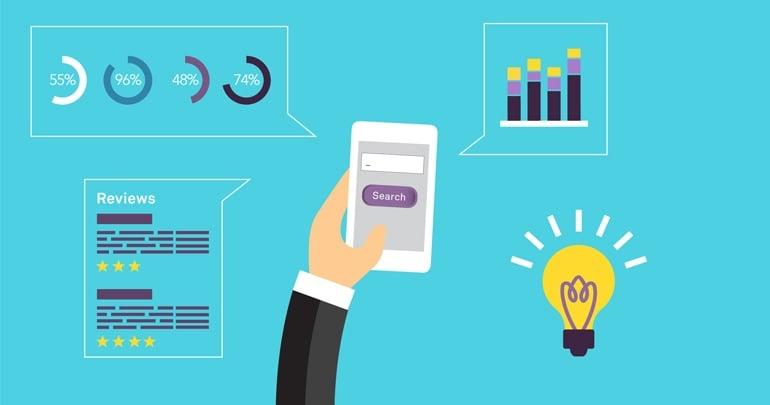

The 5-step consumer buying process is a great way for businesses to maximize their sales and transform their customers into loyal repeat buyers. They leverage customer data and analytics to understand consumer behavior and preferences. This allows them to tailor their marketing efforts, personalize offers, and enhance the overall buying experience. Aligning them with consumers’ needs and wants. Ultimately, businesses aim to establish a strong brand presence, create emotional connections with consumers, and provide value throughout the consumer buying process to influence buying decisions in their favor.
Create A Need
In order to create a need for your product or service, businesses need to demonstrate its value and importance. Tell the customer how your products or services can solve their problems or improve their lives. Crafting persuasive arguments and persuasive stories can help you achieve this. They also utilize direct-response advertising and marketing tactics in order to create a need. Target the customer’s pain points and use emotion to make them feel the need to buy whatever you’re selling.
Finally, they use psychology to determine when a customer is most likely to make a purchase. For instance, if you know that a customer is most likely to make a purchase when they feel they’ve been given an advantage or a bonus, you can use that knowledge to influence their purchase decision.
Here are some common approaches businesses use to create the need for a product:
- Businesses invest in advertising campaigns that highlight the benefits and unique features of their products. Persuasive messaging creates a perceived need or desire for the product by showcasing how it can solve a problem, improve one’s life, or fulfill a specific desire.
- Collaborating with influencers or celebrities can effectively create a need for a product. When influential individuals promote or endorse a product, their followers may perceive it as desirable. Thus, developing a need for it based on the association with the influencer’s lifestyle or values.
- Limited-time offers, flash sales, or time-limited promotions can create a sense of urgency and the need for immediate action. Scarcity-based marketing tactics, such as “limited stock” or “limited edition” releases, can stimulate consumers’ desire to own the product before it becomes unavailable.
- Utilizing social proof, such as customer testimonials, reviews, or case studies, can create a need for a product by demonstrating its effectiveness and positive experiences of others. Positive feedback from satisfied customers can build trust and generate a sense of missing out of not having the product.
- Businesses often use storytelling and emotional marketing techniques to create a need for their products. Associating the product with emotions, experiences, or values taps into consumers’ desires and aspirations. Making them feel that the product is essential for their well-being, happiness, or success.
- Some businesses focus on identifying emerging trends or creating new trends that align with their products. Positioning their offerings as part of a trendy or innovative lifestyle, they generate a need for the product among consumers who want to be at the forefront of the latest trends.
It is important to note that creating a need for a product does not imply manipulation or unethical practices. Ethical businesses strive to understand and fulfill genuine consumer needs while providing value and benefits through their products or services.
Provide information
Customers should be provided with all the necessary information they need to make an informed decision. Including facts and figures about the product or service. You need to be clear and concise when presenting information about your product or service. Providing too much information can be overwhelming for the customer and might lead to confusion. Focus should be on the main points and keep the customer informed about new features or benefits of the product.
You should also utilize visuals such as videos and images to provide customers with relevant information. Visuals can make the information easier to understand and can be more persuasive than text. If buyers have all the necessary information, they are more likely to make a purchase decision.
Offer alternatives
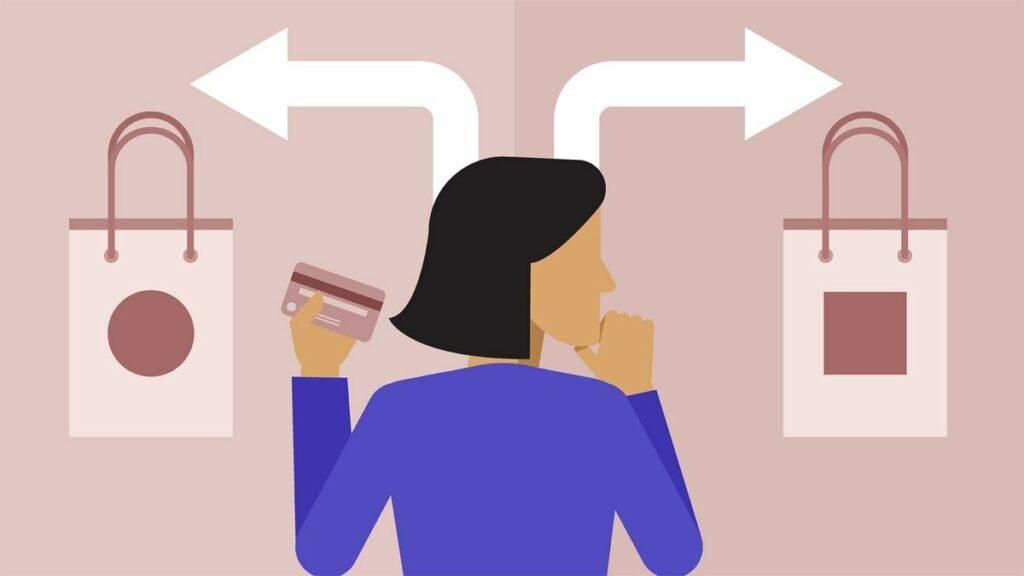

The third step is to offer alternatives. When a customer is presented with one product or service, they are likely to think of alternatives and will shop around to find the best deal. Offering alternatives gives them options to choose from, and they will be more likely to find a product/service that fits their needs and budget. For example, if you are selling a product, offering various sizes, colors, and prices can give the customer a range of options. When customers are given adequate options to choose from, they will be more likely to make a purchase. You can also look for ways to offer discounted or bundled services to drive sales.
Conclusion
The 5-step consumer buying process is a great way to ensure that your customers are getting the best experience possible when shopping with your business. It allows you to actively engage with customers, understand their needs and preferences, and ultimately guide them down the sales funnel to make a purchase. Making sure your sales team is well-versed in the consumer buying process is important to better understand their needs and improve the overall customer experience. This, in turn, helps build strong customer relationships and generate more sales.

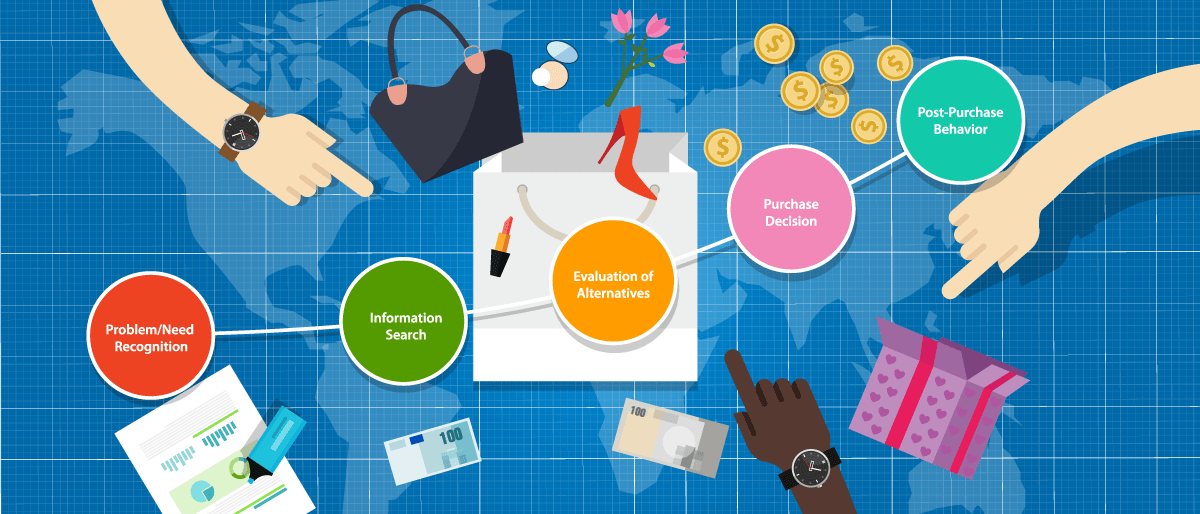



















Leave a Reply
View Comments